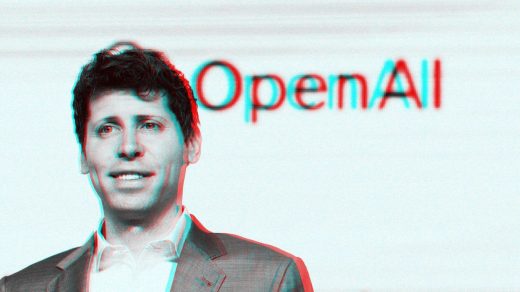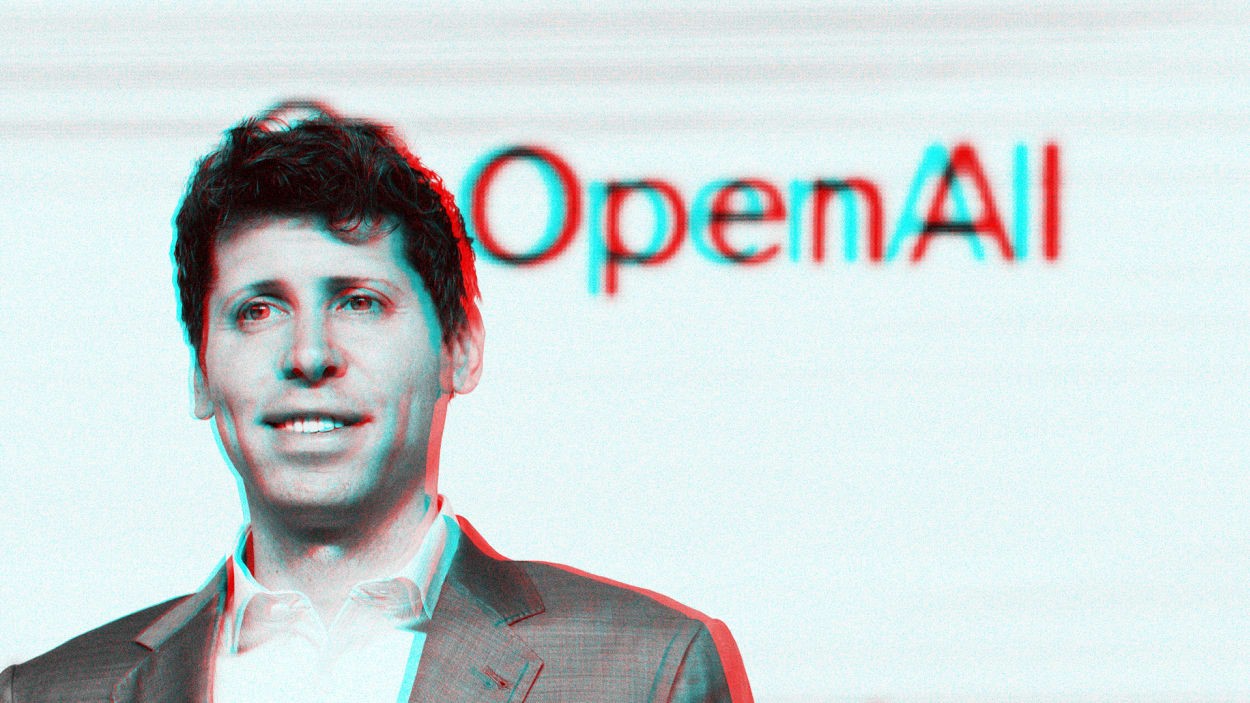Could Sam Altman really be unfired?
Update: Late Tuesday night Pacific time, OpenAI announced that it had reached “an agreement in principle” to reinstate former CEO Sam Altman as CEO, four and a half days after his firing.
On Saturday night, the Wall Street Journal reported that investors were trying to bring Sam Altman back as CEO of OpenAI. Maybe you saw that headline and thought, Wait a minute . . . wasn’t he fired . . . one day earlier?
So, why is it highly plausible that Altman could return to OpenAI as its CEO after a weekend off? As always, follow the money.
Venture capitalists have deftly branded themselves as company builders, humble stewards of money who are always just asking the CEOs they back, “How can I help?” It really is adorable—until something risks the potential that they might reap a massive windfall.
Investing in private companies is all about what’s known as the “power law,” meaning that perhaps as few as 5% of your bets yield 95% of your returns. So much so that last year, the journalist Sebastian Mallaby published a book on the history of the venture industry titled, The Power Law. In it, Mallaby generally lionizes its best practitioners, but in the process, he reveals a bit more than perhaps he intended.
Throughout the history of the tech industry, whenever something threatened a power law-style return of 20, 40, 100 times invested capital, the VCs took whatever extreme measures were necessary to protect their investment. This happened decades ago with Cisco, and it happened six years ago with Uber.
The OpenAI-Altman situation is slightly different in that it doesn’t involve removing a CEO who is imperiling a fortune but rather reinstalling one. But what is clearly being said in that possibility is that the money behind OpenAI believes that there’s no one better than Altman to continue to grow the value of OpenAI such that it pays off for them.
Even better, let’s say, this blip creates an opportunity to do some “disaster capitalism,” if you will, and correct the fundamental flaw in OpenAI’s business: its unconventional structure of a not-for-profit foundation running a for-profit enterprise. Once Altman and others realized the potential for OpenAI, it’s been a five-year effort of wriggling out of that straitjacket that caps everyone’s profit upside.
A quick glance at the list of OpenAI’s investors reveals not only several of the most elite firms in the game today—Andreessen Horowitz, Founders Fund, Khosla Ventures, Sequoia Capital, Thrive Capital, and Y Combinator, not to mention Microsoft!—but also some of the most determined to achieve the kind of returns that keep everyone happy in their Malibu compounds. Even Andreessen and Sequoia, which reportedly invested this spring at a $29 billion valuation, would see a three times return in less than nine months if Altman successfully raises again at an almost $90 billion valuation, as has been reported.
So whatever happens today, expect the new titans of finance to be the ones really orchestrating the outcome. Because a crisis is indeed a terrible thing to waste—especially when there’s tens of billions of dollars at stake.
(12)



